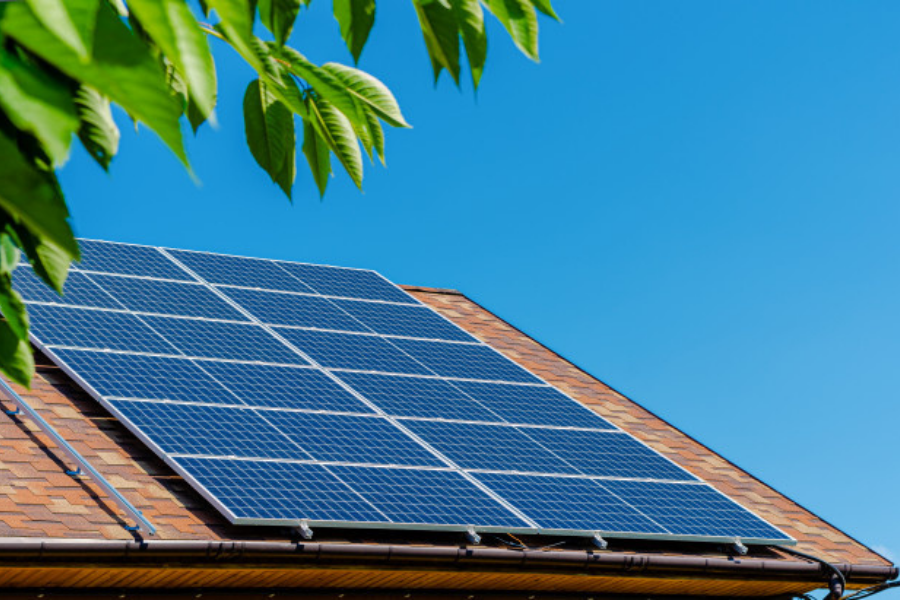
Why do some solar panels last less than others?
One of the most common questions before investing in photovoltaic energy is how long solar panels can last. The most common answer is that their useful life ranges between 20 and 30 years, although they can last up to 40. However, can they last less than 20?
Recent research
Recently, researchers from the US National Institute of Standards and Technology (NIST) have concluded that the interaction of certain plastics with environmental factors and the architecture of the panels themselves can accelerate their degradation.
The truth is that solar panels usually last for many years, although they are not eternal. After all, ultraviolet rays, gusts of wind, torrential rains and other meteorological phenomena wear them down over the years. Despite manufacturers guaranteeing a service life of at least 25 years, some fail earlier than expected.
NIST research has shed some light on the problem, as some models found increased cracking in the plastic sheeting that insulates and protects the back of the solar panels.
These cracks begin to appear near the grid-like space between the electricity-producing solar cells, and may eventually spread throughout the sheet. These defects give way to the filtration of oxygen and humidity, damaging the interior of the structure, which
Which not only allows electrical current to escape, but also increases the risk of electrocution.
Premature cracking is attributed to the widespread use of certain plastics, such as polyamide, but the causes of its rapid degradation were unclear.
The root of the problem
To find the source of the degradation, the researchers acquired solar panel backing sheet samples from all regions of the world (which showed signs of premature cracking after only 3 to 6 years in use) and subjected them to a series chemical and mechanical tests.
The results showed that the quality of the insulated interior deteriorated more rapidly than the exposed outer layer, in part because the sunlight-induced degradation of the top of the encapsulant (a film that surrounds the solar cells) produced harmful chemicals that they descended towards the plates, accelerating their decomposition.
Final results
Acetic acid was identified as the main cause of this decomposition, since it is well known how harmful it is to polyamide compounds.
To test it, they stored several polyamide strips in jars of acetic acid and, after five months, they analyzed how they broke down compared to strips placed in air or in water.
Chemical analysis confirmed that degradation was greater in strips exposed to acetic acid, providing further evidence that acid accelerates the deterioration of the backsheet material.
Our vast experience in the field of energy engineering has helped us to actively participate in the development that photovoltaic solar energy has experienced in recent years, promoting the use of clean energy in our society. This new knowledge will help us to detect premature failures in solar panels and to develop improved durability tests, extending the useful life of solar panels.





